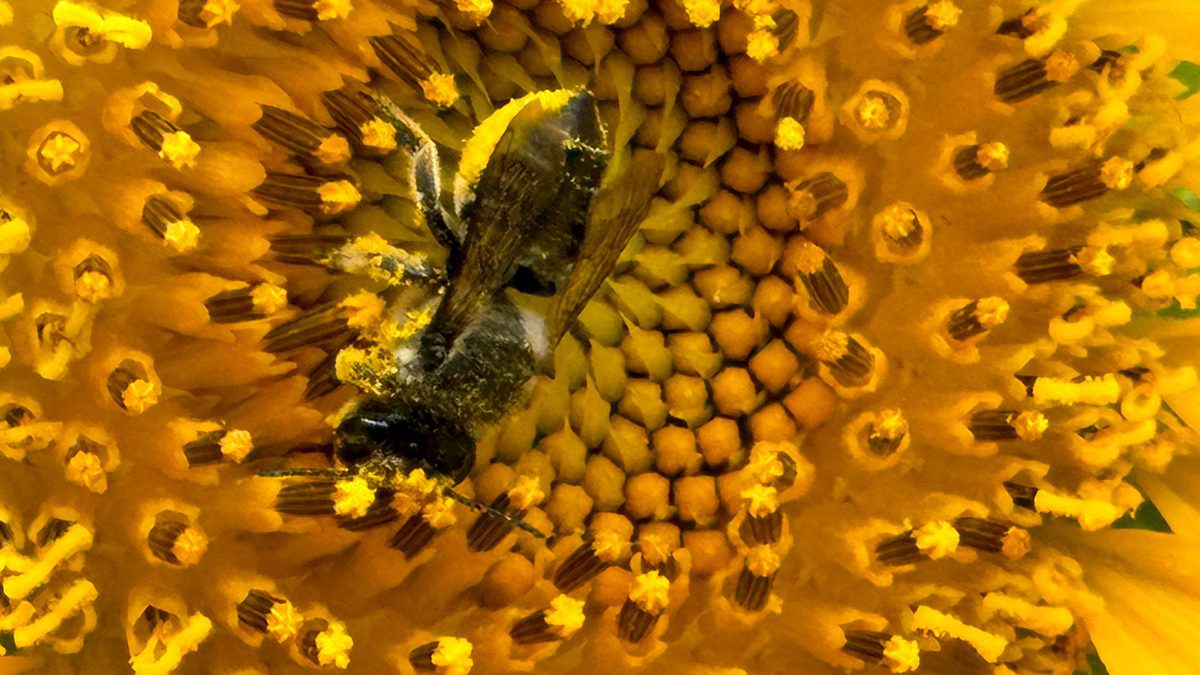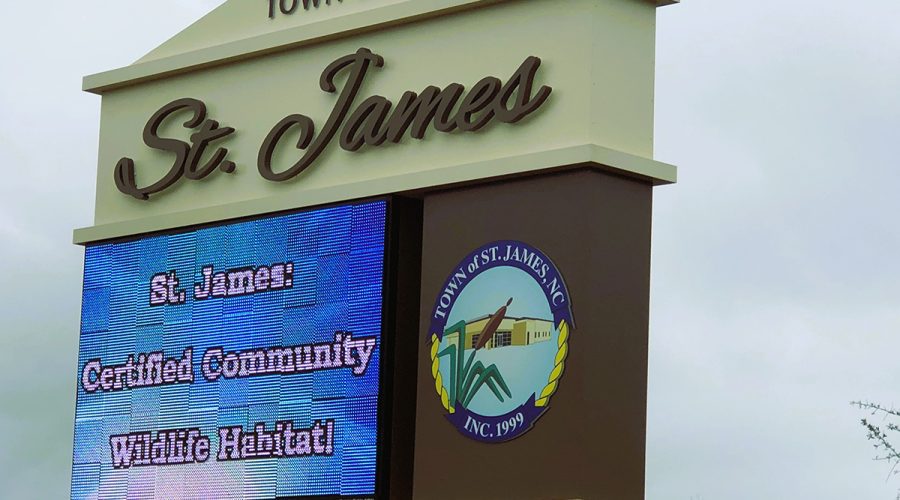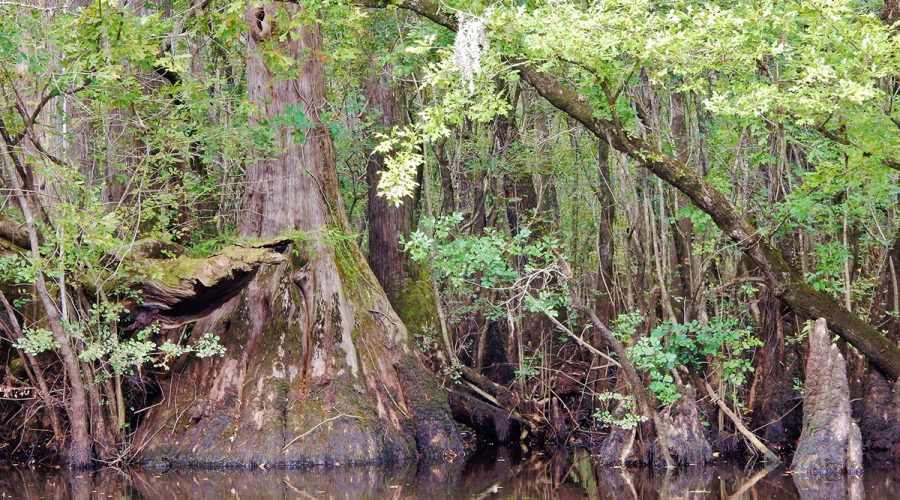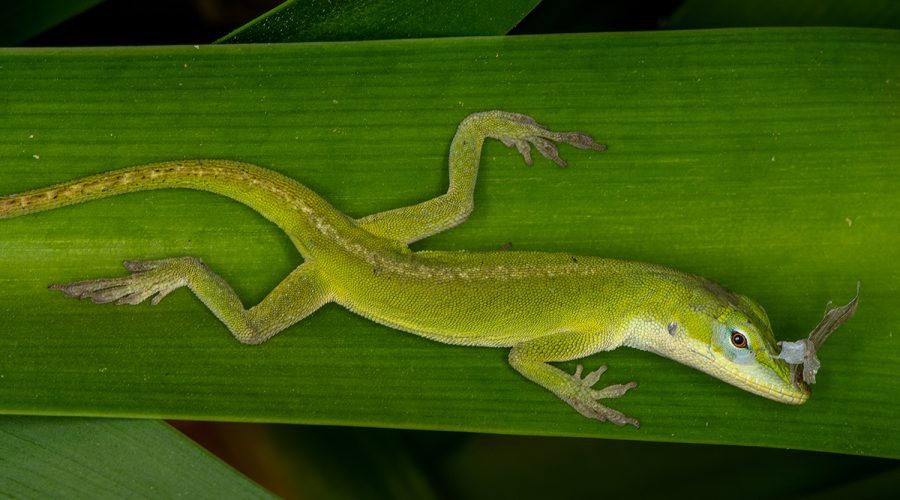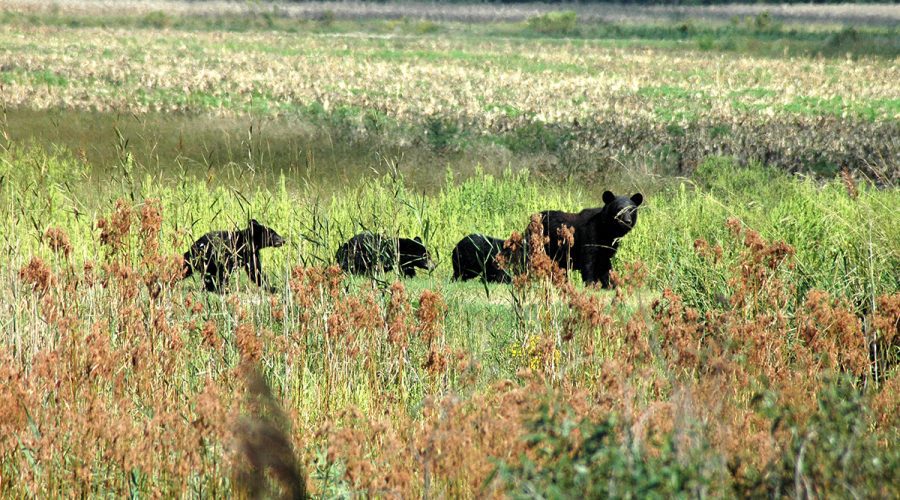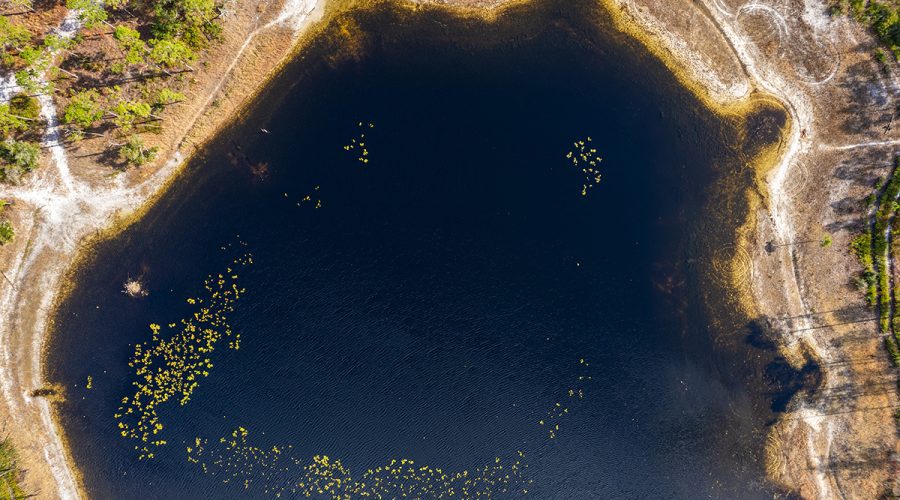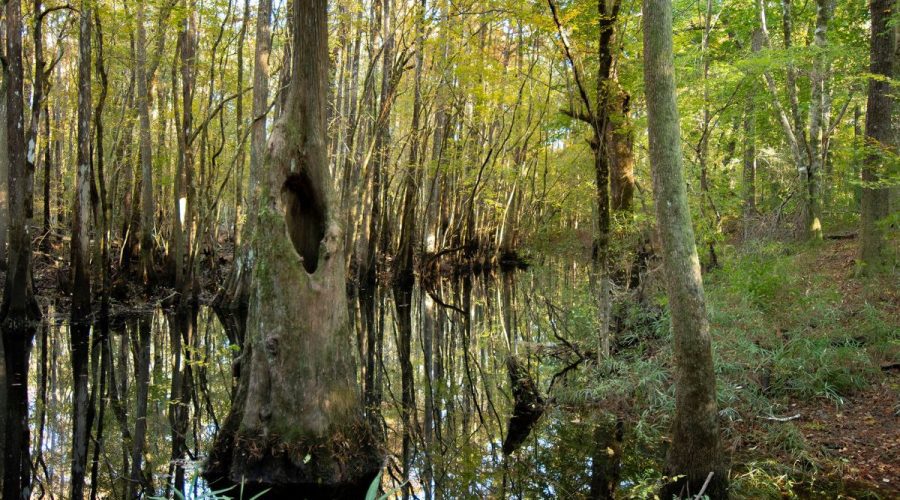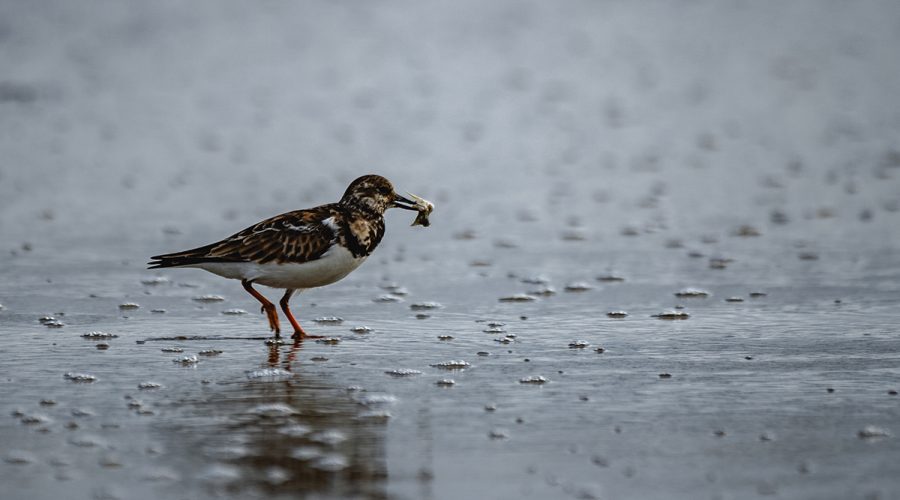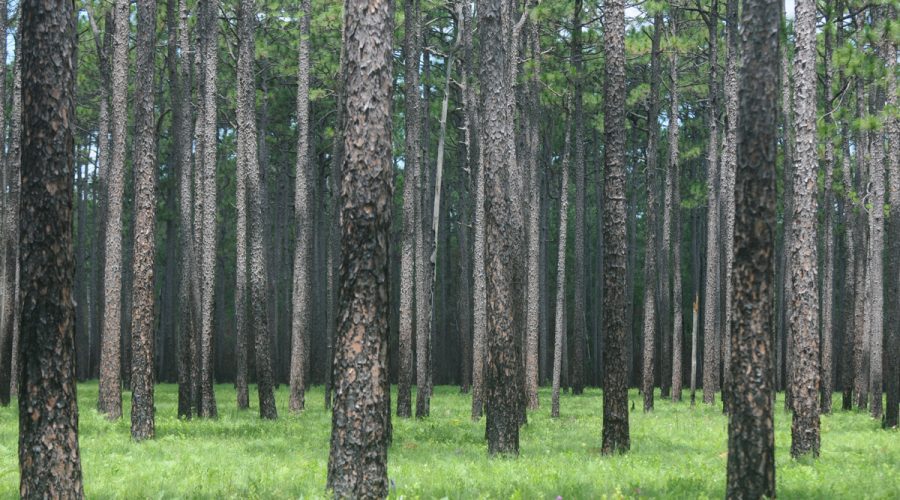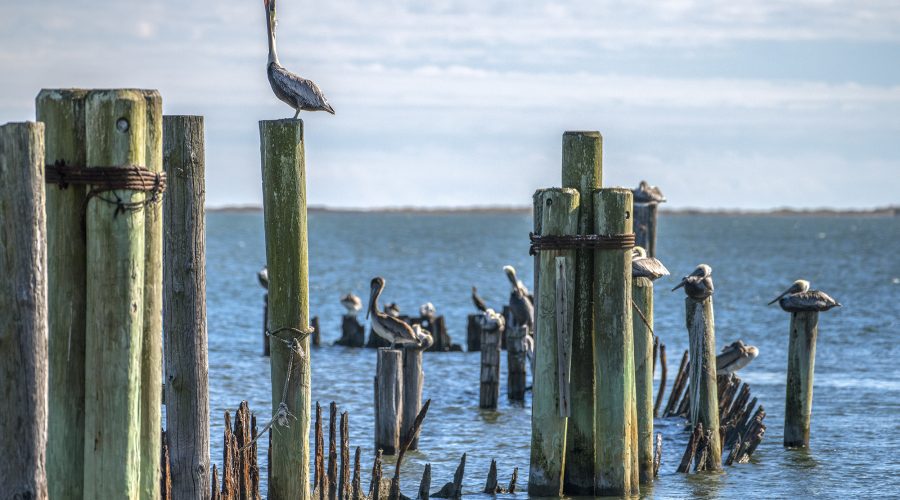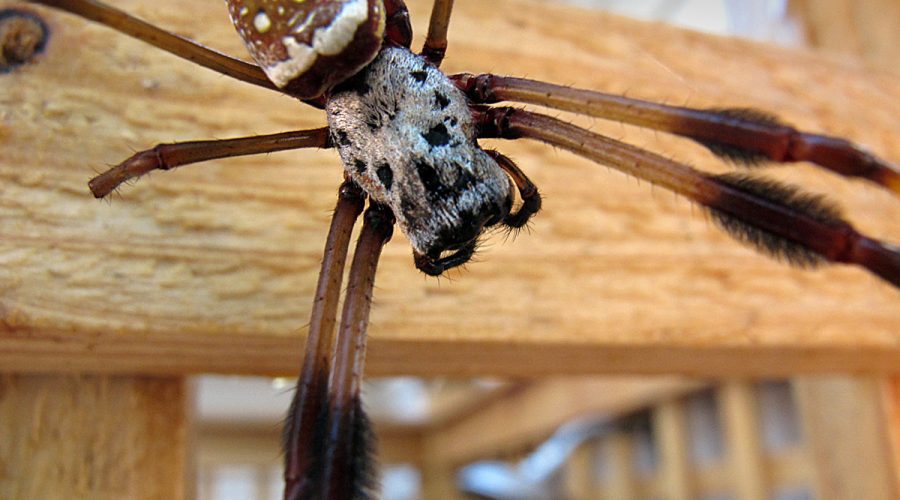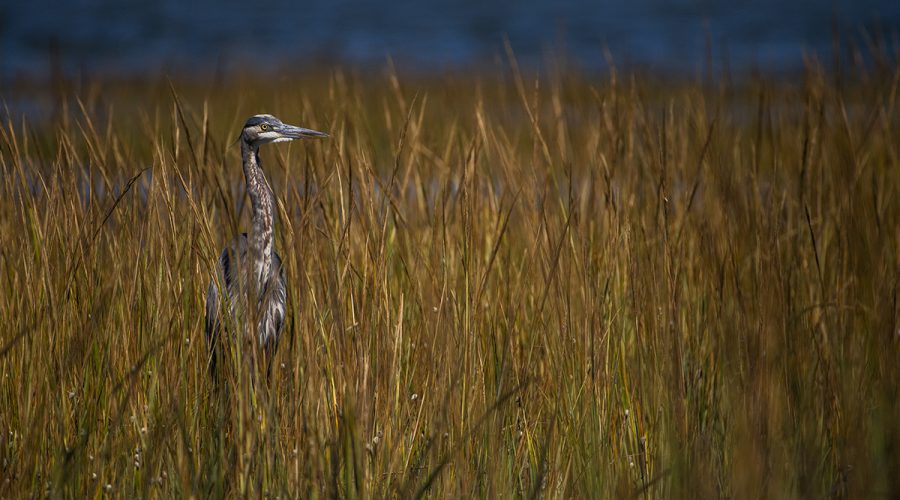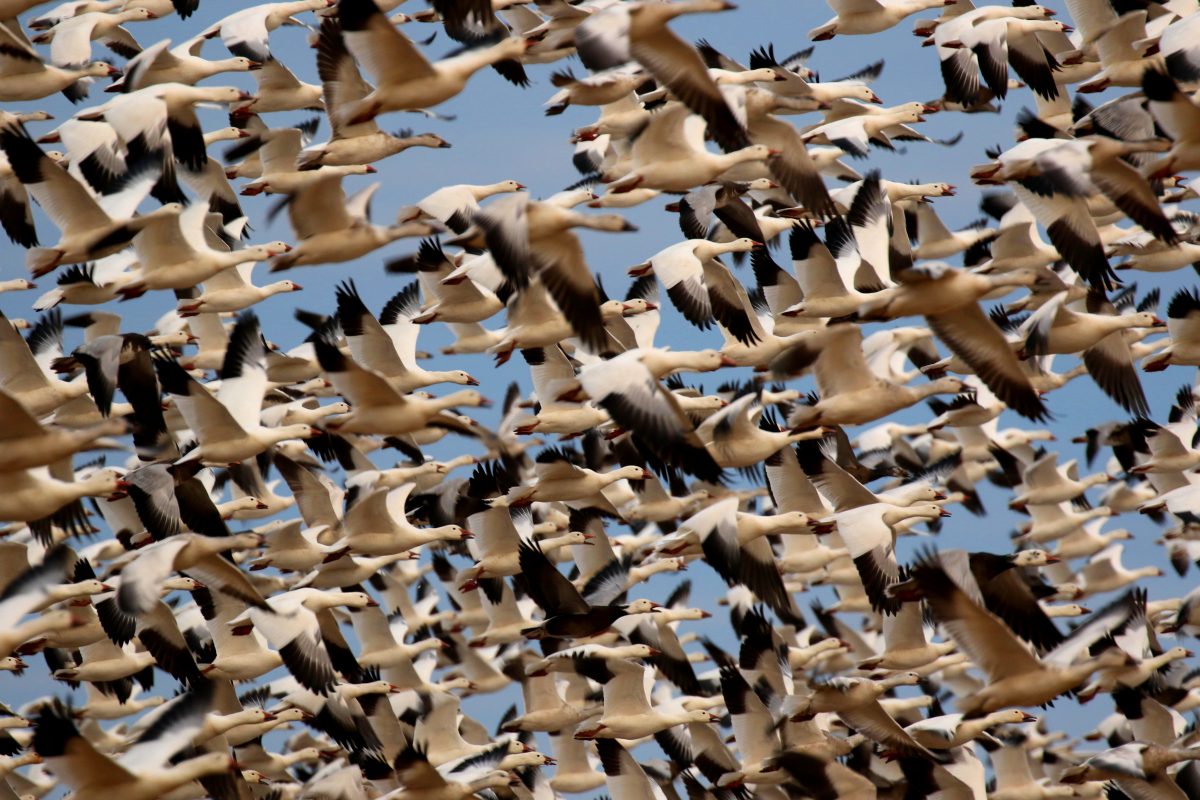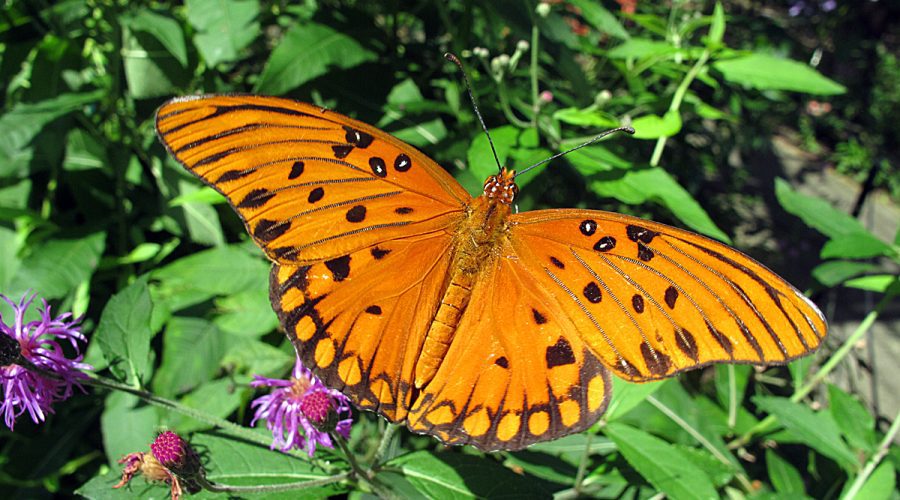An agile, busy and well-laden pollinator nearly blends into the yellow of a sunflower recently in a barely maintained part of a garden near Morehead City. Photo: Mark Hibbs
nature
Chris Herndon joins NC Sierra Club as chapter director
The environmental organization’s new chapter director has spent most of the past 12 years in executive leadership roles with the United Way.
St. James folk bask among beauty, birds certification brings
The town of St. James in Brunswick County recently became the only coastal town to become a Certified Community Wildlife Habitat, a relatively easy-to-get distinction through a National Wildlife Foundation program.
Tree rings show summer 2023 was hottest in 2 millennia
After last year’s record-breaking temperatures, forecasts for this summer indicate another scorcher ahead, just as researchers find more troubling climate data and elected officials point to relief efforts.
Black River advocacy group set to hold inaugural meeting
The newly formed Friends of the Black River will host its first meeting Tuesday, an effort to build an alliance of organizations and people interested in helping protect the 60-mile-long natural wonder.
Sunscreen season arrives
An anole, freshly shed of its skin except the still-peeling tip of the nose, suns in a Beaufort agapanthus bed. For us creatures who don’t normally peel, the Centers for Disease Control and Prevention advise that protection from the sun’s rays is important year-round, not just during the warmer months. Photo: Dylan Ray
Where war looks lost, Mother Nature fights climate change
Alligator River National Wildlife Refuge and other, nearby refuges and state lands especially vulnerable to climate change are getting $27.5 million from the Inflation Reduction Act for nature-based solutions.
Happy trails
Aquatic vegetation appears to form a pleased expression on the water’s surface as viewed from above the Patsy Pond Nature Trail in the Croatan National Forest near Newport. The trails that are accessed from N.C. Highway 24 include lengths from 0.75 to 1.9 miles and are open from dawn to dusk. The small ponds here are fed by groundwater and often surrounded by carnivorous plants such as bladderwort and sundew. Photo: Dylan Ray
Brice’s Creek Nature Preserve to become nature park
The 172-acre Brice’s Creek Nature Preserve in New Bern the Coastal Land Trust transferred to Craven County this week is to become the county’s second public nature park.
Surf snack
A ruddy turnstone secures a snack recently at the surf’s edge near Oceanana Pier in Atlantic Beach. These sandpipers have a varied diet that includes crabs, mollusks, worms, sea urchins and small fish, according to the National Audubon Society. They nest in the North American and Eurasian arctic and winter along the coastlines of six continents. Contributed photo: Nicholas Green
Interactive online tour shows Green Swamp’s need for fire
Emma Gwyn, an intern with The Nature Conservancy in Wilmington has created an interactive online StoryMap that illustrates how a wildfire earlier this year has already benefited the Green Swamp Nature Preserve.
Pelican’s perch
A pelican stretches while perched upon a pylon in Core Sound near the Down East village of Atlantic. Photo: Dylan Ray
‘It’s not a costume’
An orb weaver appears to don its Halloween skull mask. Photo: Mark Courtney
Morning hunt
A blue heron hunts in the marsh grass near Conch’s Point on Calico Creek in Morehead City. Photo: Dylan Ray
Wings Over Water Festival set to mark 25th anniversary
The festival takes place at six national wildlife refuges that together cover parts of six northeast North Carolina counties and is the annual fundraiser for the Coastal Wildlife Refuge Society.
No frittering for fritillaries
A Gulf fritillary rests on a flower inside the Butterfly House at Airlie Gardens in Wilmington. Guests can roam the 2,700-square-foot native North Carolina butterfly house that is part of the extensive Airlie Gardens. Admission is required to enter the gardens but is free to New Hanover County residents the first Sunday of every month. Photo: Mark Courtney

